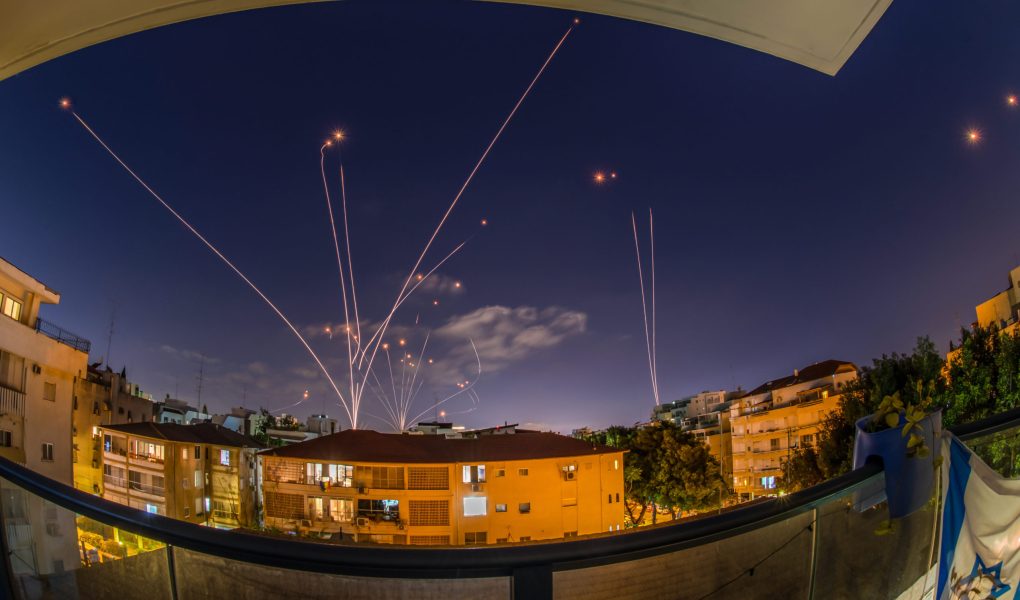Among Middle East watchers in Washington, two scenarios are emerging for what an expected Iranian retaliation against Israel this week could ultimately look like.
It’s unlikely that Iran will repeat the same kind of attack it launched against Israel on April 13, which mostly relied on drones and some missile strikes that were quickly repelled by the U.S., Israeli and neighboring militaries, according to Rear Adm. MARK MONTGOMERY, a retired military officer who previously served as policy director for the Senate Armed Services Committee.
“The herd was thinned pretty extensively by the U.S. Air Force and other nations before they got to the Jordanian airspace, directly in front of Israel, where Israel handled the rest of it,” said Montgomery, now a senior fellow at the Foundation for Defense of Democracies.
But Montgomery expects strikes from Iranian territory are still on the table. He said he could see Iran use intermediate-range ballistic missiles and cruise missiles against Israeli targets.
Iran has telegraphed for days that it will attack Israel in revenge for its assassination of Hamas leader ISMAIL HANIYEH in Tehran last week. And indicators are that an attack will occur soon, as President JOE BIDEN convenes his national security team in the situation room today and Israeli Prime Minister BENJAMIN NETANYAHU and his cabinet hunker down.
The second scenario is an attack mostly involving missile barrages from proxies in Lebanon, Syria and Iraq, minimizing the amount of time Israel and allies have to preemptively shoot down those targets.
JONATHAN RUHE, who leads foreign policy work at the Jewish Institute for National Security of America, told NatSec Daily that such an attack would be designed to overwhelm Israel’s defenses and give Israel’s military less time to respond.
“Iran, this time, is trying to figure out a way to impose some actual, real costs on Israel, to compel Israel to stop taking out Hezbollah targets or doing things like taking out Haniyeh in Tehran,” he said.
Tehran has betrayed little about what its desired punishment for Israel would look like. Ruhe noted that Tehran’s signals in April gave the Israelis ample time to respond and argued Iran won’t look to make that mistake twice.
The U.S. is voicing confidence that Israel will be able to repel whatever Iran throws at it in the coming days. Deputy national security adviser JON FINER told CNN on Sunday that “Israel faced an extraordinary threat on April 13” and added “the United States and other partners and allies mustered to help Israel defend against and defeat that threat.”
The U.S. expects that regional partners will come to Israel’s aid again, regardless of Tehran’s threats. But that assistance might not be as public as it was on April 13, when the Jordanian and Saudi militaries shot down drones, in part because of regional frustrations with Israel over the Haniyeh killing and the likelihood that this attack could be designed to avoid their air defenses.
It’s also unclear there exists a diplomatic off-ramp at this point. House Armed Services Committee ranking member Rep. ADAM SMITH (D-Wash.) said on CNN this morning that officials have been pushing for “calm and peace and not an overreaction” while also making sure there’s enough of a military presence in the region to support Israel, protect U.S. troops and convince Iran and its proxies not to escalate.
But Smith acknowledged it’s “a very nervous situation” with “a huge risk of miscalculation.”

